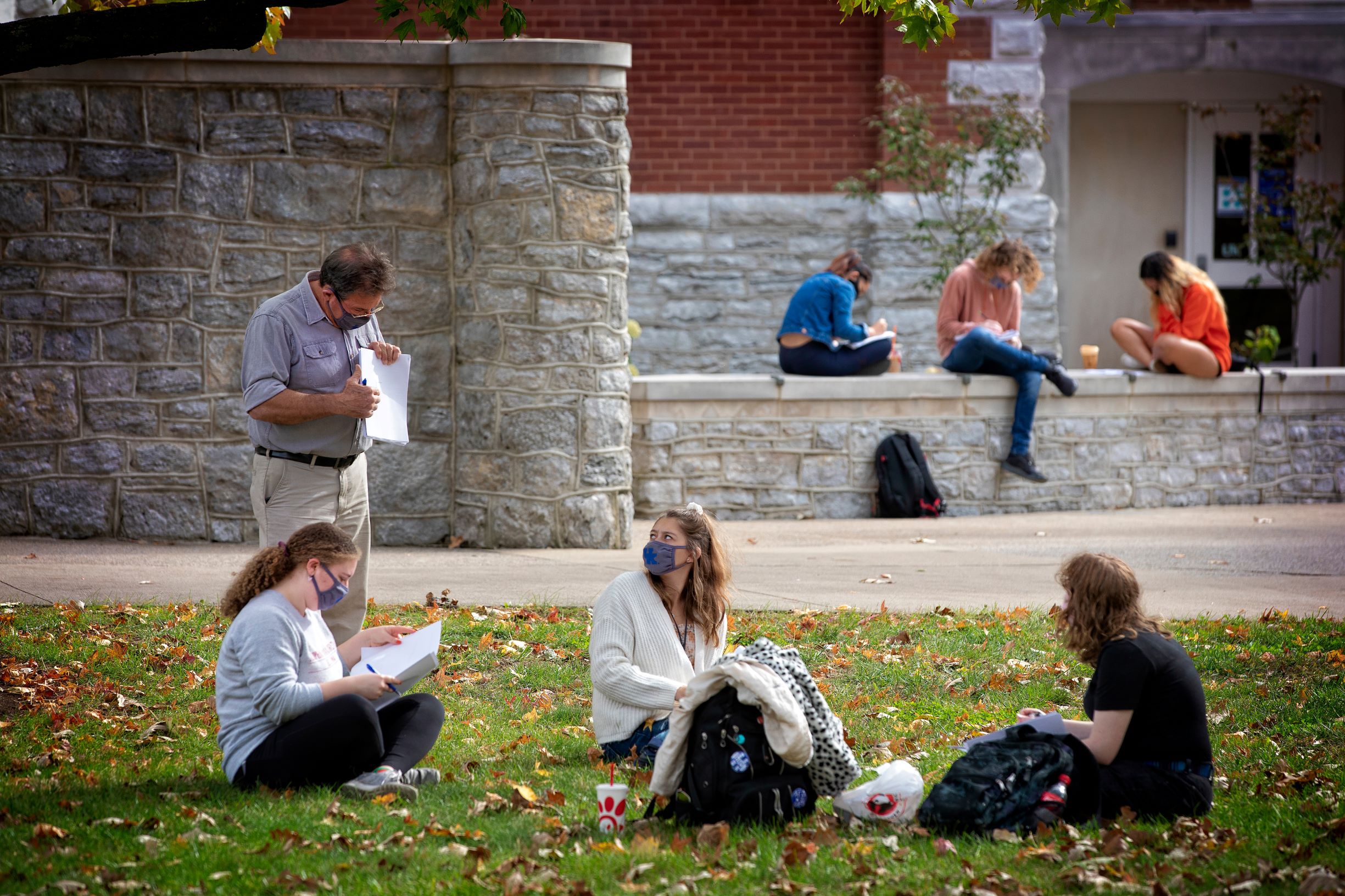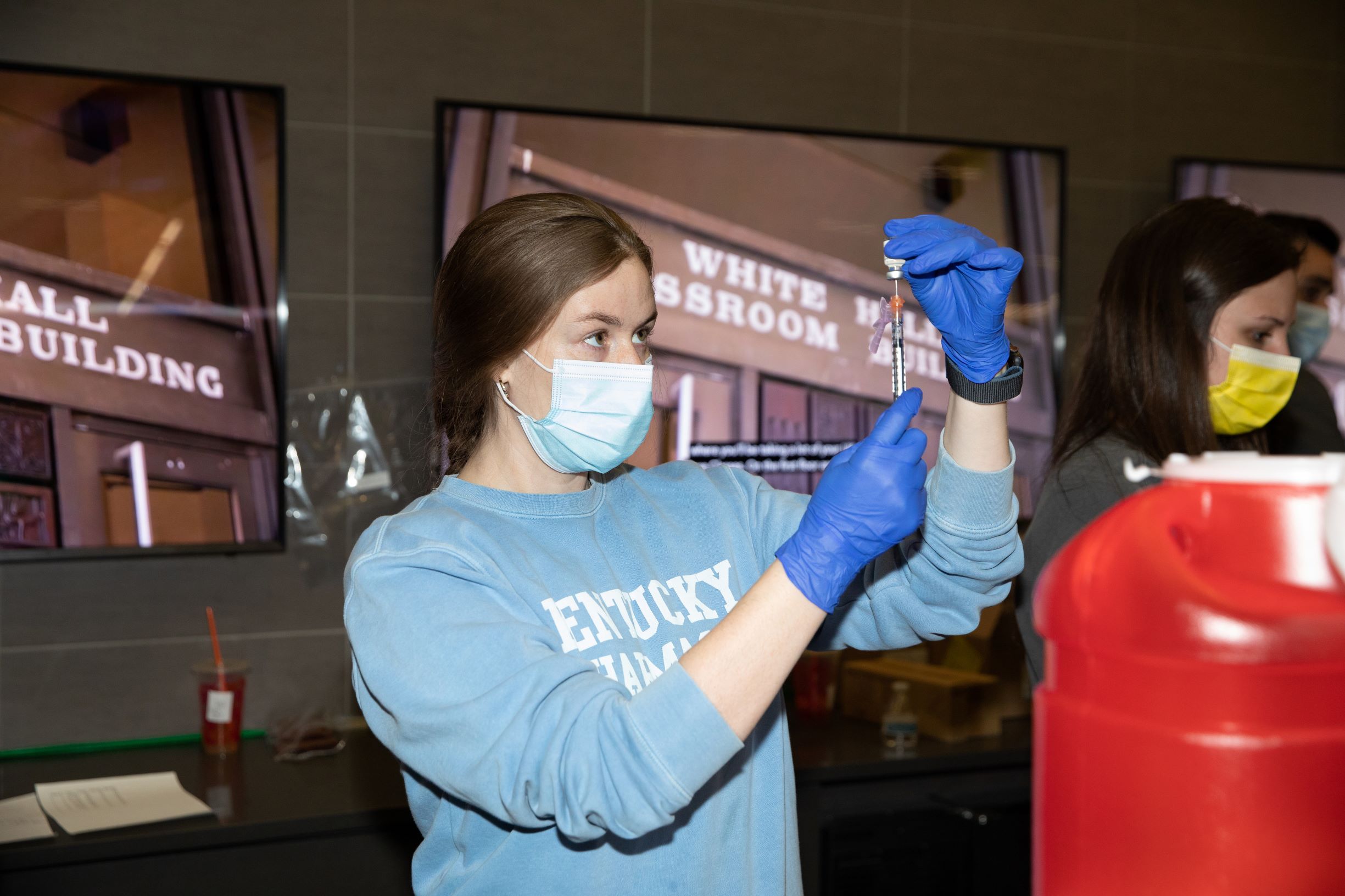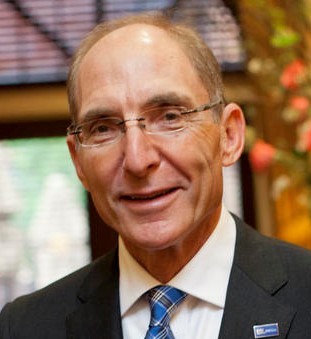
“Things have never been better.”
Not the words you might expect to hear from a university president during perhaps the most trying time in higher education, but Dr. Eli Capilouto has many reasons to be upbeat.
As the leader at the University of Kentucky, Capilouto and his community not only made it through the fall semester and started up again this spring, but also have done so with renewed hope and faith. Adherence to safety protocols by students and stringent testing policies have put UK in a good place in terms of managing COVID-19 on campus.
In fact, there have been more than 20,000 tests done and just 309 total positive cases. Only 16 of them are active. That is good news.
Perhaps the most notable development for UK has been the vaccination efforts. Leading the charge in the Bluegrass State is the university’s UK HealthCare system, which already has dispensed thousands of vaccines to first responders, health care workers and older populations. The hope is that its own community of faculty, staff and students will be able to receive them soon.
Capilouto says the response from UK HealthCare and his university has been humbling and gratifying.
“We always feel a responsibility to the greater community and our entire Commonwealth,” he said. “And this has never been manifested as profoundly as in this vaccine program we have stood up. Over the course of this pandemic, we converted our athletic facilities to a 400-bed field hospital and now the most productive and efficient vaccine center in the state [at Kroger Field, home of the Wildcats football team]. It’s bringing out the best in people, however hard it’s been on everybody. That’s why I say, things have never been better.”
Capilouto admitted that during the first part of the academic year, Kentucky experienced some ups and downs, but that is beginning to change.
“In the fall, we had more uncertainties than certainties. We still have uncertainties. But I think we have honed our skills and our infrastructure to deal with them,” he says. “Living after COVID is where I feel like we’re moving.
“We can build upon something that I think we did incredibly well. That is building a modern public health infrastructure with comprehensive screening, testing, isolating, tracing, health behavior messages, integrated data systems so we could quickly track a virus that moves at the speed of light practically and keep a campus quite safe and keep our community safe.”
Amid all of it and under his leadership, Kentucky has managed to continue a slew of on-campus initiatives, like its mixed-use innovation hub called The Cornerstone. Since his arrival, more than $2.5 billion has been infused into the campus, its research and health care initiatives.
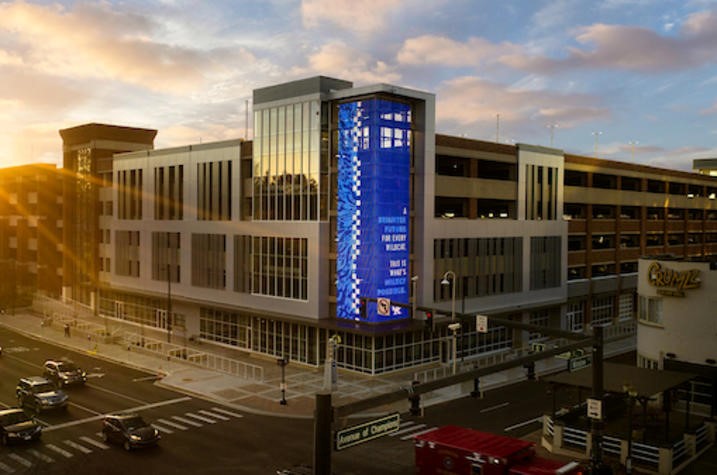
University Business chatted with Capilouto to discuss his university’s response to the pandemic, its dynamic campus and the future at UK.
The University of Kentucky has been a leader in the vaccination effort. What were the challenges you faced and how has the institution responded to the moment?
Understand the complexities with the rollouts – the lack of a universal registration system, the necessity to distribute this vaccine to places that could store it in sensitive ways. That had to be respected, which meant, primarily hospitals at first, then pharmacies and public health clinics, many of which didn’t develop the infrastructure, just like it didn’t develop the full infrastructure to test and trace and quarantine. That’s why this university stepped up to the plate and said, ‘Let us serve.’ We pledged that if you got us a vaccine, in short order, we would vaccinate every K-12 employee in the county. We’re up to 7,500. That’s a remarkable achievement.
We’ve exhausted nearly all the health care workers and first responders. We’re going deep into those age 70 and above. I think we vaccinated 50,000 people in a county of 330,000. It’s a short wait. There’s not the frustration of, as I heard in a neighboring state, the recommendation was register in every county and hope your name comes up.
We said, ‘How can we help distribute vaccine to underserved communities?’ So, we’re investing in more infrastructure. We want to go mobile and go to places where people who can’t access the internet get an appointment or make a phone call or get a ride. So, we’re going out in our community and are very excited about that.
How much has the university invested in these efforts during the pandemic?
We have spent $40 million. We filled in gaps where there wasn’t a fully staffed, technology-driven, whole infrastructure public health entity. I’m from a public health background, and I point fingers at no one. We as a society have done this over decades. We invested heavily in health care and less in prevention. So, we found ourselves as a university as really a substitute for some of the things that aren’t there.
Has the pandemic had any effect on the number of students attending the University of Kentucky?
We had record enrollment. We had a better-than-expected freshmen class and a higher-than-expected number of returning students. And after the first semester, that was not the experience I can imagine most students dreamed about four years ago and going off to college – the distancing, the masking. People come to learn in community and learn about community. We couldn’t fully offer that given COVID. So, I was pleased that we had almost the same retention numbers.
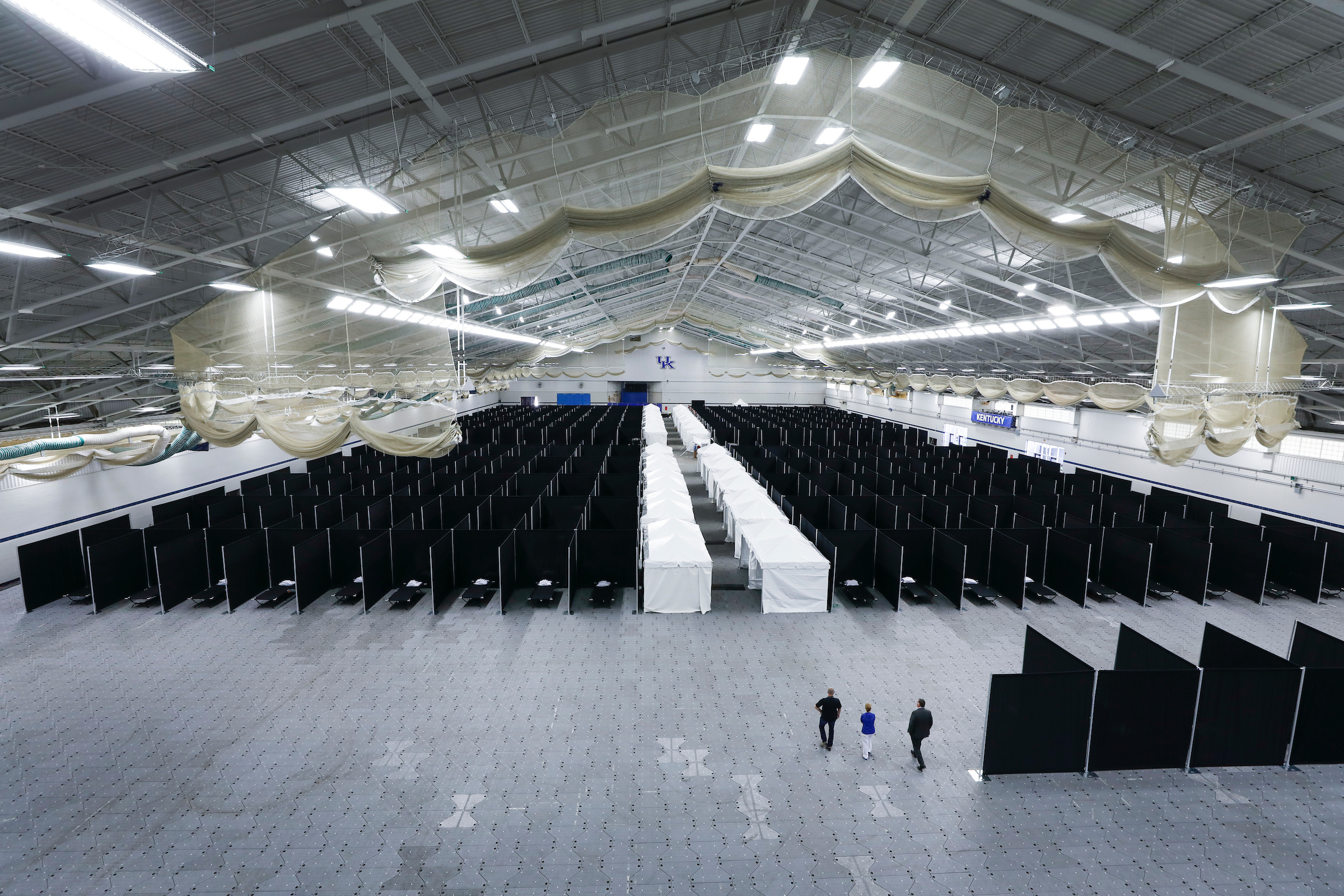
Is there still some uneasiness about the virus on campus? What has the university done to ensure the safety of faculty, staff and students?
There is still a reluctance around uncertainty about fully returning to the classroom. Like most of society, this vaccine has been a game-changer. I think there will be greater realization of a safe environment. We’ve moved thousands of pieces of furniture. We’ve distanced classrooms. We’ve invested heavily in our campus so that we could have residence halls with single rooms, that lend themselves to better hygiene and protection. So, I think we have a safe environment. Still, the uncertainty, I believe kept people away. But I look forward to the fall.
What is the one element that has been missing for students?
I think the most important question in higher education is, for the young students, how do we reestablish that residential experience and its richness – to learn in and with community to meet people who are so different than you. Most of our students come from 120 counties, a lot of rural counties. You come to a place like this, where you get people from 50 states, over 100 countries, what an experience it is. It’s part of the development of your social and soft skills. So, we want to recapture that.
How has the pandemic shaped or changed the university’s view of academics and remote learning for both traditional and non-traditional students?
We’ve been pushed into technology-enhanced education. So how do we find that balance and leverage the residential experience for that student cohort? We have a Project Graduate program, where we go seeking those who didn’t finish their degree here – adult learners. We’ve got a few hundred a year that graduate from that program. How can we better fulfill that promise to our state?
I imagine a new 21st century curriculum. We hear employers complain that our students aren’t prepared for the jobs of today. And we hear people say, the jobs of today aren’t the jobs of tomorrow. We have to prepare people for jobs that don’t exist. So how, recognizing those two truths, do we develop a curriculum through which our students will be prepared for today and tomorrow? I think knowledge has us less bound by time and space. An accounting firm loves to have interns, but they want them in tax season. We don’t have to wait until it’s convenient for the student because we restricted the time that we offered it. Is it possible to arrange that curriculum so that they have an internship and high-impact experience at a time that works for them and takes maximum advantage of the opportunity? It’s complicated to work out, but we have that responsibility.
What are some of the ideas and developments happening on campus that you are most proud of?
We said early on, we faced two pandemics – one that could affect your health and one that still grips our minds and hearts. And those are the issues of social justice, diversity, equity and inclusion. I’ve been so pleased to hear how both of those are on people’s minds. We did set some priorities. We want to maintain the momentum, but how do we elevate and accelerate? We established Project Unite, which is a five-year, $10 million commitment to do research on these matters. And that has been a crucible for new relationships because you need collaboration to bring people together.
I hear people say, I’ve never had the opportunity to work with somebody from that department, and I didn’t fully understand that perspective. We have an Office of Technology Commercialization. They went out and got external funding to be a facilitator for historically Black colleges and universities to integrate them into these opportunities. Different units are holding conversations, courageous and difficult ones. So, our campus is responding. A lot is going on, but it started 150 years ago. There’s a culture of service to community, culture of collaboration, culture of putting students first and solving Kentucky’s problems. And it’s being exhibited in new ways.
What is the campus like there now? Is there more activity? How have the students been reacting, especially at Kentucky, an institution known for its athletic prowess, to this moment?
We’re certainly not at the levels of pre-COVID yet. But I see an uptick in the vibrancy.
Sports [which is entirely self-sustaining, from scholarships to facilities] has been a remarkable story. Since we so closely follow them as a group, we could see the consequences of not having that structure and time management that we do such a good job of teaching our student-athletes. But they came back on campus and we introduced our testing protocols. Listening to them helped us push forward with a methodical, systematic approach to consider having seasons. If the Southeastern Conference had not persisted and persevered, had not formed a medical Task Force before nearly everybody else and not built testing capacity, I doubt we would have had some of those community-building activities.
You may not be able to attend a game with 20,000 people, but think if we didn’t even have them to watch. That would not have served society well. Even though the victories aren’t as many as we’ve wanted, I’ve heard little complaints about our won-loss record, put it that way. Watching our commissioner and working with exceptional medical task force I think is one of the real successes in higher education and college sports this year.
What are the biggest issues facing higher education and the University of Kentucky right now?
At Kentucky, we haven’t lost sight of this: we have to double down on access and affordability. 25% of our Kentucky students come from families whose average income is $19,500. First-generation, low-income, minority students, we have to open those doors wide. That is one route to what I see as a more equitable society. It is one way, not the only way, to shrink income and wealth gaps. That’s our responsibility. We have to be a source of innovation. [Note: Kentucky has been on the forefront of COVID-19 research, highlighting that quarantine time could be reduced from 14 days to 7. It also has been working with the National Institute of Health to come up with a plan to reduce opioid deaths by 40% and is doing work in areas such as diabetes, neurological disease, cardiovascular disease and stroke.]
What are your long-term goals for the university?
It’s what we’ve always been and what we have to do even more so: That is a more educated Kentucky, a more healthy Kentucky, a more innovative Kentucky, a more diverse and equitable Kentucky. More service to Kentucky. So, it’s Commonwealth centric. That’s our responsibility first. Within those, we will select particular initiatives, promise ourselves to be more accountable and get them done.

